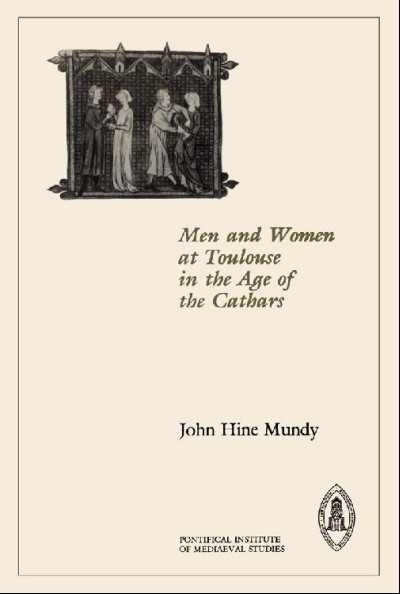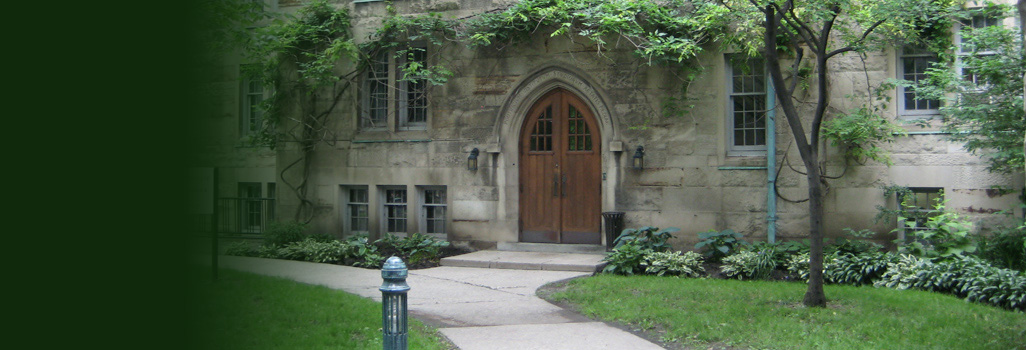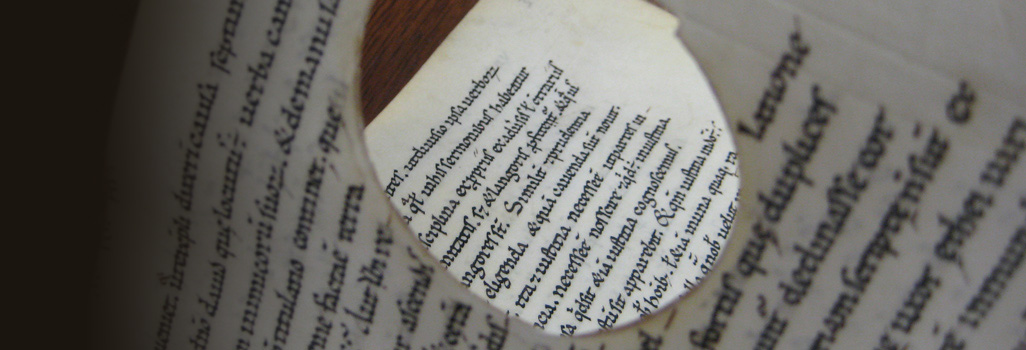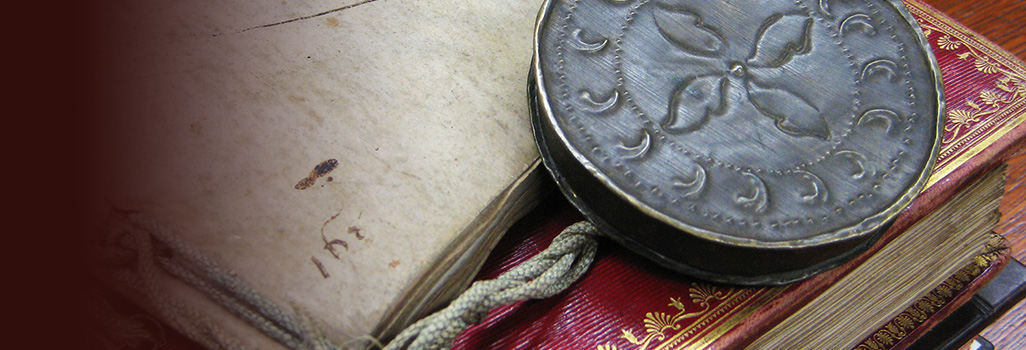
Men and Women at Toulouse in the Age of the Cathars
Studies and Texts 101. 1990. xiv, 235 pp. ISBN 978-0-88844-101-0
A wide-ranging study of the relations between men and women that explores issues of matrimony, sex, family, wealth, social status, and literacy and the different attitudes to them in Catholicism and Catharism.
In thirteenth-century Toulouse, women were largely excluded from public office and the professions. Although workers and tradespersons, they were impeded by law and excluded from gild office. The family was male and women bore their fathers’ or husbands’ names; dowered at marriage, daughters with male siblings lost all claim to inheritances; women were poorer than men, but widowed mothers were often powerful, and, unlike men’s, women’s first names show social aspirations; few men were domini, but all women were dominae. If both preached equality, Catharism and Catholicism differed about marriage and sexuality; there was, however, little to choose between them for women.
A brief survey of alternatives to heterosexual love introduces materials from places other than Toulouse on the relations of women and men. Testimony against a Benedictine abbot shows how men of the time viewed women and used wealth and violence to get their way. Sparse evidence about prostitution leads into the larger topic of concubinage, the questions being whether it was widespread and prompted by love or disparities of age, need and wealth. Anent marriage, women’s age at marriage is examined as is the duration of such unions. Mistreatment of women is touched on, as are divorce and separation.
Matrimony was a contract involving a marriage portion, part from the bride’s side and part from the groom’s. The portion became the widow’s on her husband’s death, and, after hers, generally went to the children. Delayed payment of dowries and portions was normal, and wives’ marital rights encouraged both the reintroduction and renunciation of Roman law’s protections. Families felt obligated to marry daughters or put them into religion, thus making a daughter’s marriage portion similar to a son’s inheritance. Although compensation existed, this marriage endowment often led to parental domination. Rich and poor differed because the small marital portions of the latter required widows to work and to be among their husband’s heirs. Widows also often remarried.
At the end, basic questions are again rehearsed. In what ways were the sexes equal or unequal? Why were women so illiterate? Did the monopoly of arms enable men to dominate female dependents? Did women’s functions of mothering children and healing lead to power or dependency? Did the idea of equality between women and men exist? Men and women of the time lived in an emotionally warm but violent society, violence derived not from war so much as from a vehement defense of community and cultural uniformities. Adultery, for example, invited awful punishments, but, lauded by love literature and protected by property values, they were often mitigated.
JOHN HINE MUNDY (1917–2004) was professor of history at Columbia University, and an internationally celebrated medievalist.
Electronic Publishing
This title is available through dèsLibris.


